Human factors is a broad term that covers a lot of topics, but at the core of all of them is the study of how humans behave, both physically and mentally, within their work environment and with the tools they use to do their everyday work.
Our human factors team is made up of professionals with experience in conducting human factors and ergonomics assessments in all kinds of contexts, including everything from pre-emptive employee safety projects to investigations into product and premises liability after an accident has occurred. We work with government agencies, industry organizations, large legal firms, and all kinds of businesses.









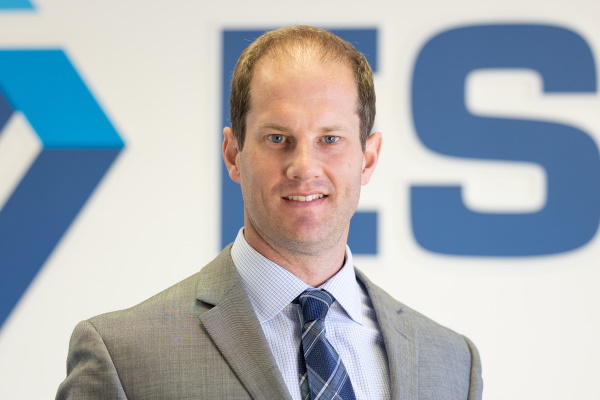



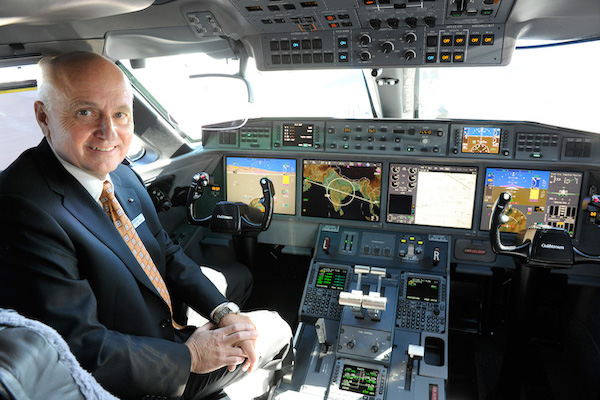














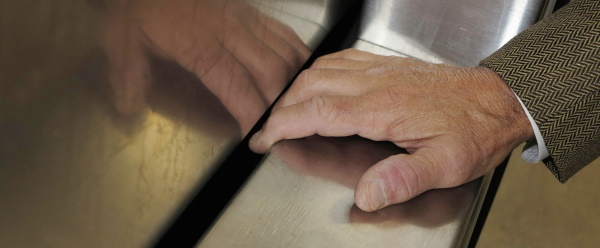
ESi conducted a site inspection at a grocery store’s bottle return area to determine if the incident in question happened in the manner described.

An ESi investigation results in a quick settlement following testing and an engineering analysis of the biomechanics and human factors surrounding a slip and fall incident in a ballroom during a wedding reception.
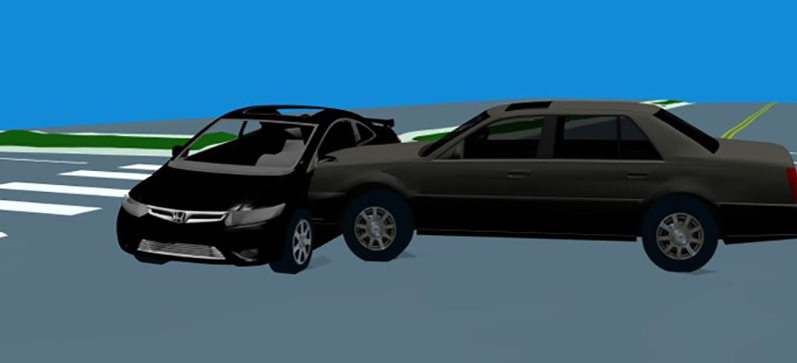
Two vehicles collided at an intersection, causing one vehicle to flip onto its side. The front passenger was not wearing a seatbelt and sustained serious spinal cord injuries. ESi used HVE software to create simulations of the crash sequence, and imported the vehicle motion output into MADYMO to model both “belted” and “unbelted” occupant responses inside the vehicle.

ESi was retained by the manufacturer of personal fall protection equipment to perform a safety analysis and documented risk assessment of a newly designed detachable cable sleeve. This product provides fall protection for workers climbing fixed ladders in multiple industrial applications.

Utilizing the worker’s described scenario as the working hypothesis, data were collected to support or rule out this sequence. ESi’s investigation included a site inspection to evaluate the scene and measure the distances between the platform, ground, and rail.

Eyewitness testimony was inconsistent regarding the initial location. ESi needed to evaluate the physical evidence of the geometry of the staircase, the railings, and her final location to determine what fall scenarios could be consistent with the laws of physics.

ESi was retained to investigate an aviation crash involving airplane impacting power lines and terrain and pilot and passenger fatally injured.

Biomechanical accident reconstruction analysis methodologies were used to address injury modes associated with human operator involvement with a commercial hand fed tree chipper winch line.

A female pedestrian wearing black clothing was injured when an automatic sliding door closed on her while she was standing at the right door threshold. An accident reconstruction was performed to document the injury mechanism.

ESi Principal Dennis Brickman presented important research on bunk bed entrapment hazards at the XXXVth Annual ISOES Conference in Munich, Germany.

ESi welcomes Torrence Welch, Ph.D., a new Sr. Managing Consultant in our Biomechanics and Safety practice. Dr. Welch is a highly qualified biomechanical engineer and will be based in our Atlanta, Georgia office.
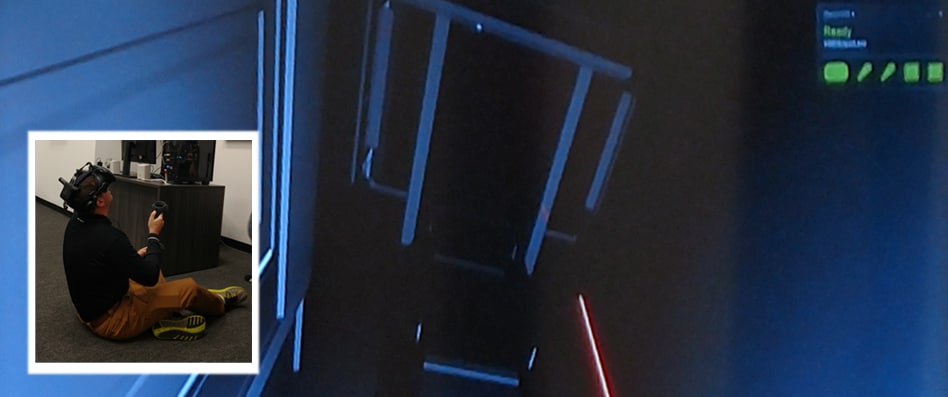
ESi Principal Dennis Brickman presents “Residential Elevator Child Entrapment Virtual Reality Accident Reconstruction Methodology,” at the XXXIst International Occupational Ergonomics and Safety Conference.
ESi's expertise spans dozens of industries and specializations organized across several practice groups, each staffed by dozens of in-house experts with the technical knowledge, hands-on expertise, and courtroom experience required to execute projects for and with our clients from start to finish.
Find an Expert Contact Us